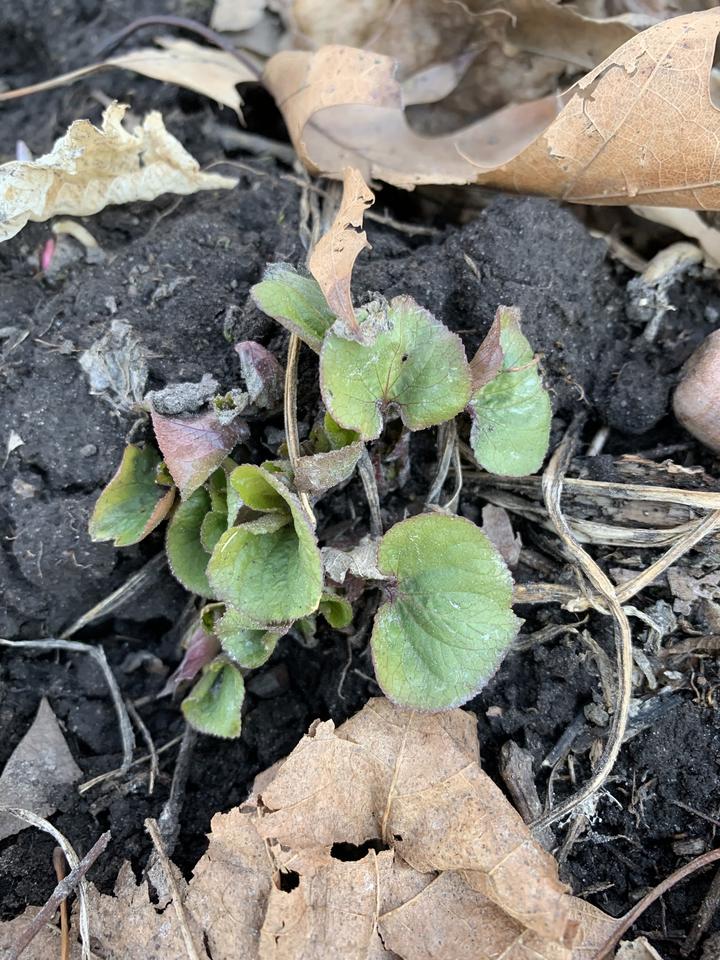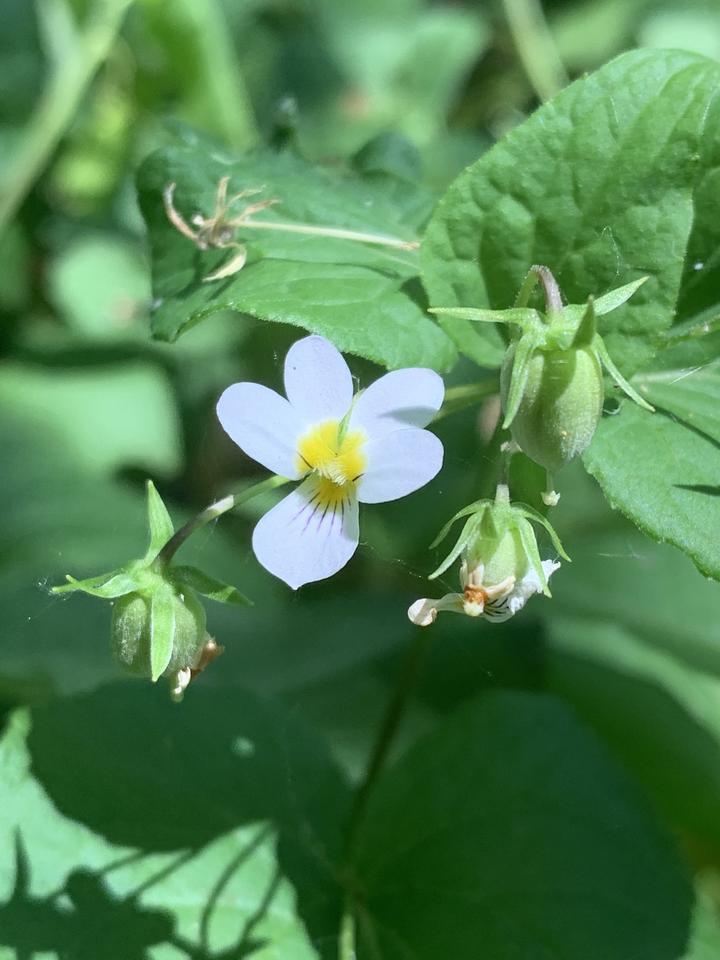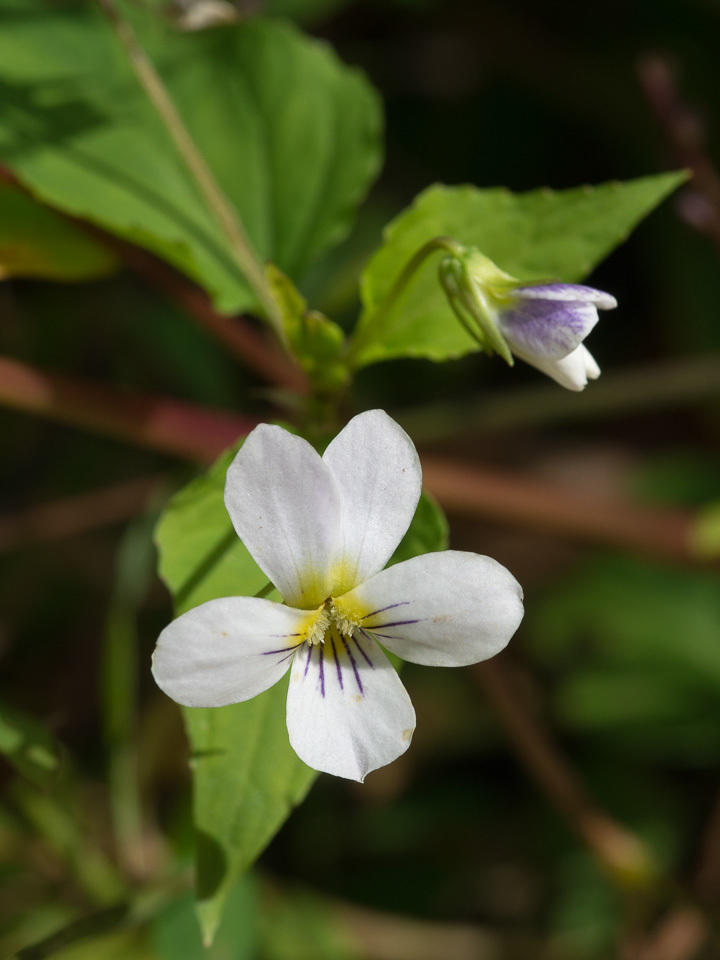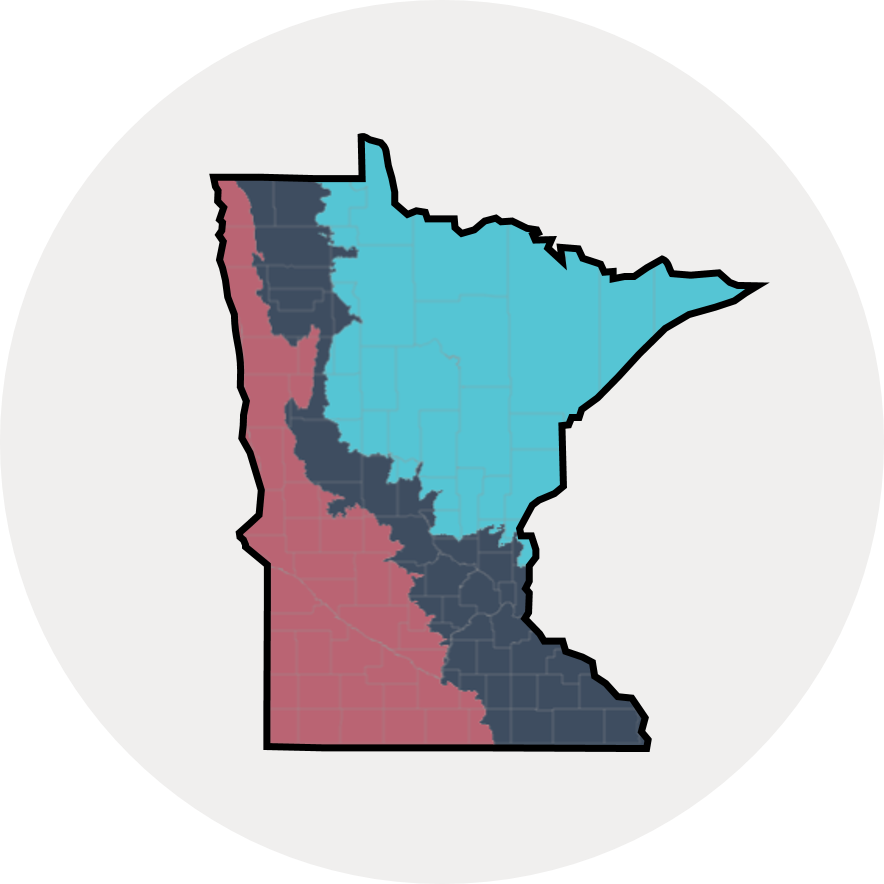More names for this plant
The Dakota and Anishinaabe were among the earliest people to name Minnesota’s plants and animals, as well as to understand them in relation to Minnesota’s climate and seasons. Those original names are still in use, and several are included on the Season Watch website. However, complete translations were not available.
Latin (or scientific name) for eastern Canada white violet: Viola canadensis
Latin (or scientific name) for western Canada white violet: Viola rugulosa (formerly Viola canadensis var. rugulosa)
The scientific community has a convention of assigning agreed-upon Latin names to every kind of organism. Using scientific names helps people communicate confidently about the same organism and organize lifeforms based on how closely related they are.
More common names: Canadian violet, Canadian white violet, tall white violet, western Canada white violet, wild violet
Page contents

May 19, 2021, Todd County, MInnesota
Photo © annl, some rights reserved (CC-BY-NC)
iNaturalist observation
About the Canada white violet
- The Canada white violet is a short herbaceous perennial growing up to sixteen inches tall.
- Its flowers consist of five white petals with purple veins and yellow centers, and they bloom from April to June.
- The flowers attract many pollinators, and several types of moth and butterfly larvae consume the heart shaped leaves of the plant.
- The violets spread both through their brown seeds and through rhizomes, which are underground stems that grow horizontally through the soil.
- Canada white violets are found throughout most of Minnesota.
- Fun fact: The flowers are edible and can be used to make jelly or decorate cakes.
Visual guide to phenology
Watch for the appearance of leaves, flowers, and fruits. Take notice of when flowers open and fruits ripen.
This general guide applies to both western and eastern Canada white violets.
Note to observers
This page explains general clues to watch for when observing Canada white violet phenology. However, this page does not explain how to identify this plant or collect data in a standardized way.
- For help with identification, see Minnesota Wildflowers.
- For guidance on collecting data, see Nature’s Notebook.
Graphs and historical data
Note: The Orientation Center provides a map, as well as information on reading graphs; interpreting summary statistics, who collected the data and how; and how to download datasets for independent exploration.
Flowering
- Earliest: April 15 (occurred in 2010)
- Average: May 3
- Latest: May 29 (occurred in 2009)
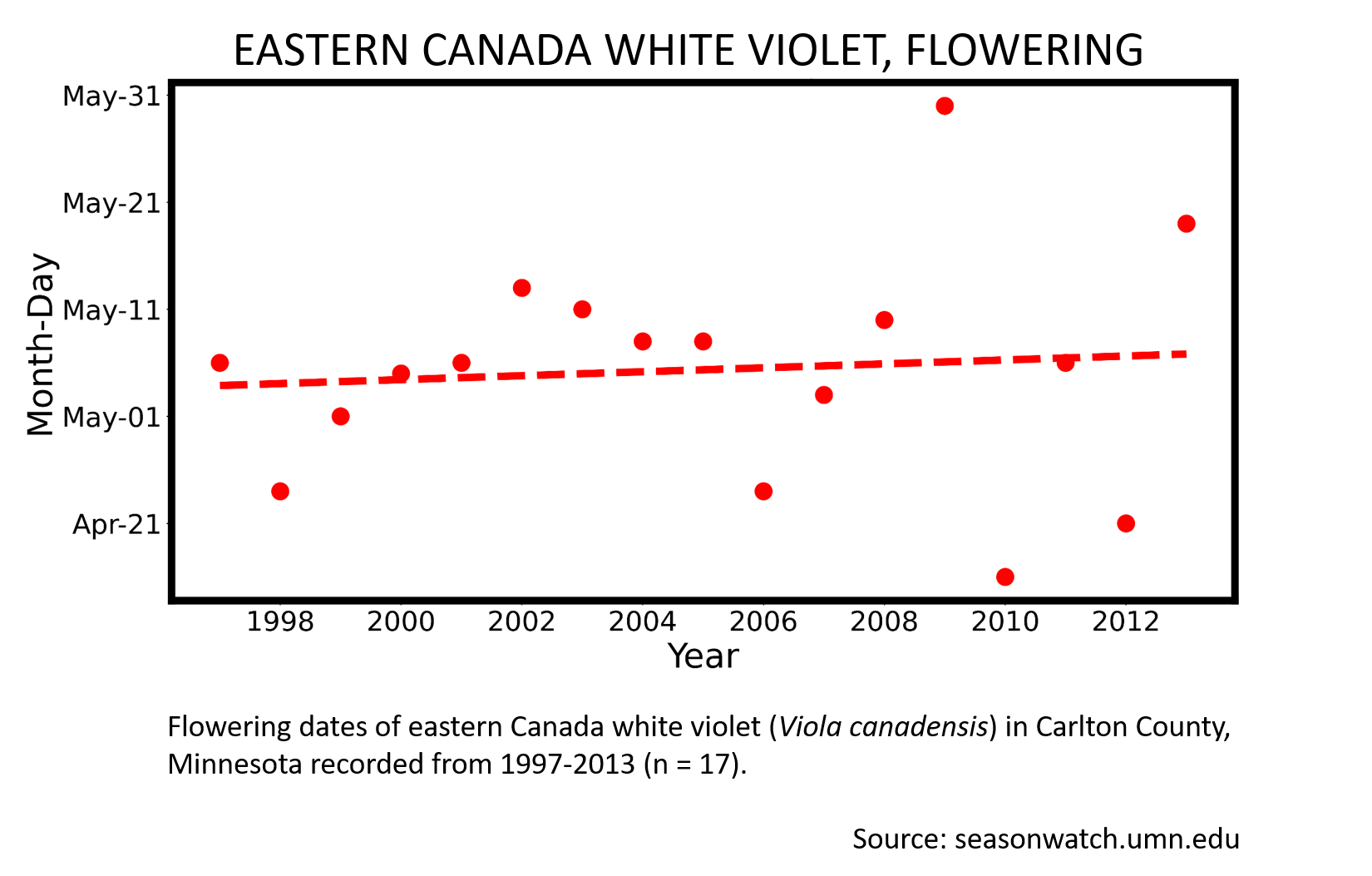
Flowering
- Earliest: April 12 (occurred in 1985 and 1987)
- Average: April 28
- Latest: May 17 (occurred in 1967)
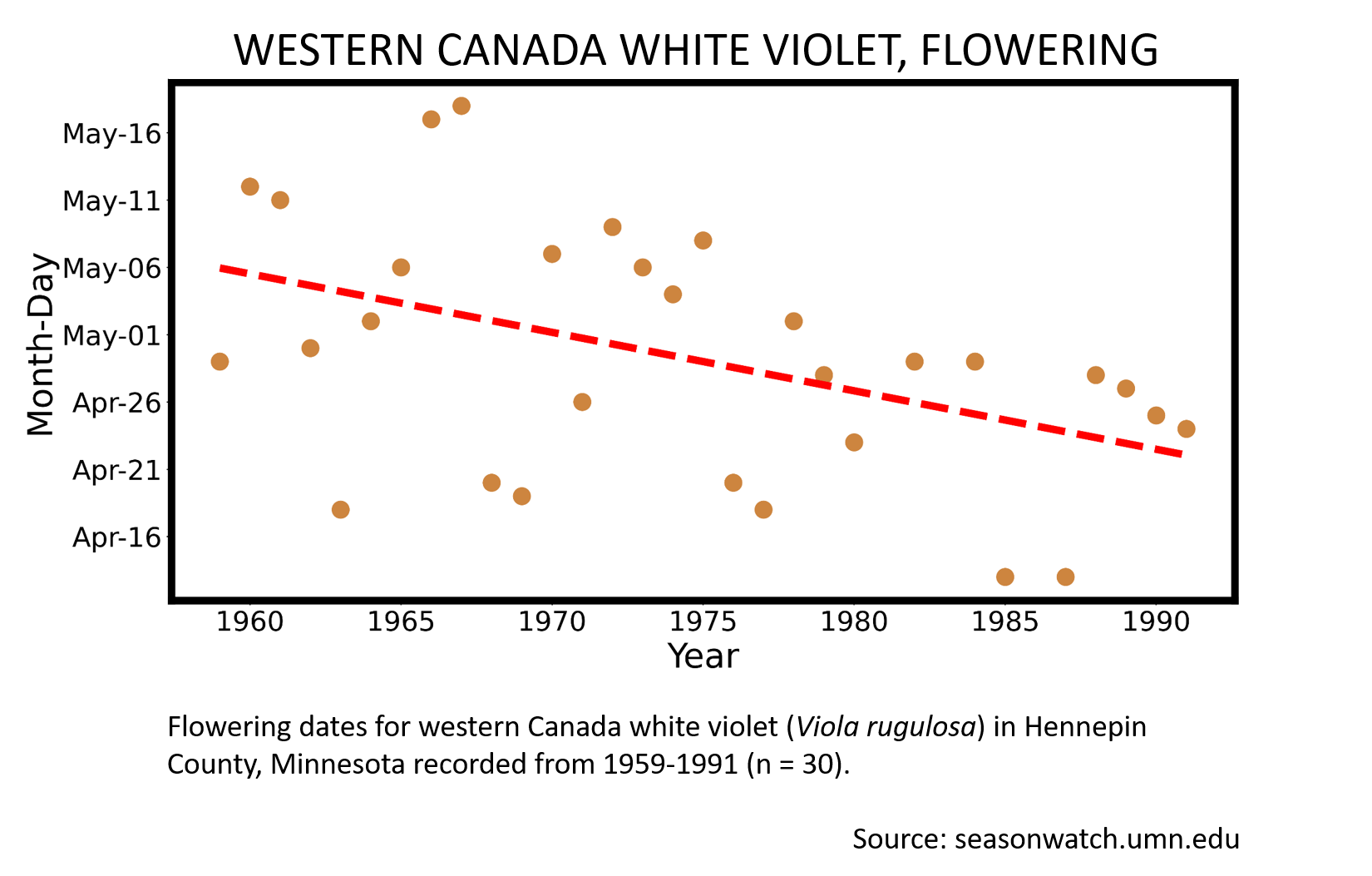
Last flower
- Earliest: June 1 and May 31 (occurred in 1977 and 1988)
- Average: June 20
- Latest: July 5 (occurred in 1968)

More resources
Keep exploring Season Watch
Keep exploring Season Watch
Co-author: Lynsey Nass, Minnesota Master Naturalist
